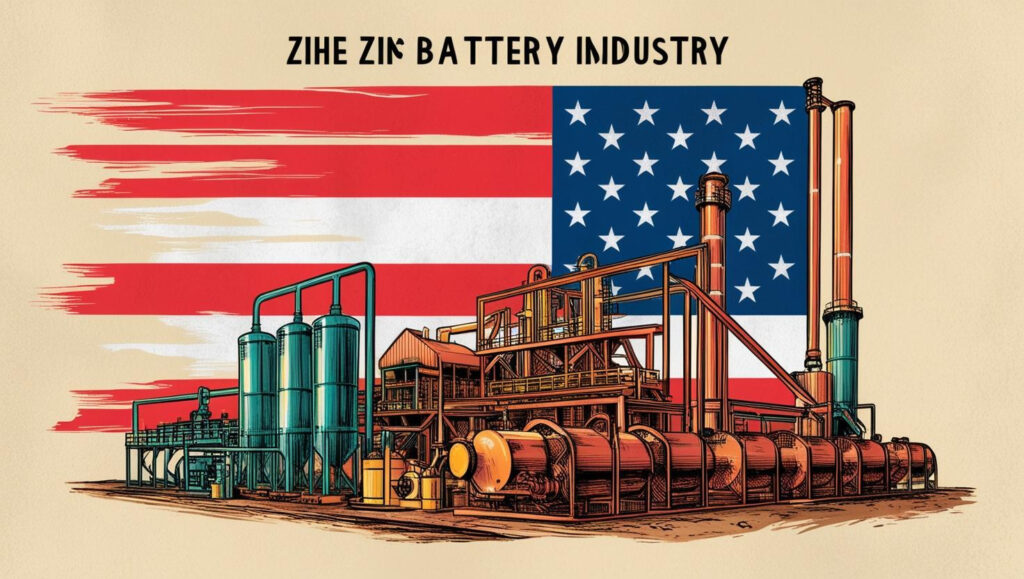In recent years, the United States has implemented a series of trade policies—particularly tariffs and import restrictions—that have significantly altered global supply chains. One of the emerging sectors feeling the brunt of these changes is the zinc battery industry, a promising segment in the clean energy transition. As the demand for sustainable and affordable energy storage grows, zinc-based batteries have gained traction for their safety, cost-effectiveness, and environmental advantages. However, the evolving US trade landscape is creating both headwinds and new opportunities for this critical industry.
The Growing Importance of Zinc Batteries
Zinc batteries are increasingly recognized as a viable alternative to lithium-ion technology, especially for stationary energy storage and backup power applications. They offer several benefits, including:
- Abundant and non-toxic raw materials
- Lower fire risk compared to lithium-ion
- Better performance in extreme temperatures
- Cost competitiveness in long-duration storage solutions
These advantages make zinc batteries ideal for use in grid storage, remote electrification, and even some niche electric vehicle (EV) applications. As the U.S. pushes for energy independence and more resilient domestic energy infrastructure, zinc-based storage is becoming a strategic asset.

Book Your “Trump Tariff Threat Assessment”
https://www.marketsandmarkets.com/pdfdownloadNew.asp?id=171978019
Tariff Pressures on Raw Materials and Components
Many zinc battery components—including zinc metal, separators, and advanced electrolytes—are sourced internationally. The imposition of tariffs on metals, particularly imports from China and other Asian markets, has led to increased material costs for U.S. manufacturers. For example:
- Zinc ingots and processed materials now carry higher import duties.
- Certain specialty chemicals used in electrolytes are subject to new restrictions.
- Chinese-made battery components face added scrutiny and cost surcharges.
These tariff hikes have caused prices to spike, forcing U.S. manufacturers to reassess sourcing strategies, renegotiate contracts, and explore domestic or alternate international suppliers.
Supply Chain Disruptions and Strategic Shifts
As trade policies become more protectionist, zinc battery developers are experiencing longer lead times and higher transportation costs. Many companies are now taking strategic steps to minimize risk, such as:
- Diversifying suppliers across regions like Canada, South Korea, and the EU
- Increasing domestic sourcing of raw materials where possible
- Investing in vertical integration to gain more control over the production cycle
- Establishing local manufacturing hubs to avoid international shipping tariffs
While these changes add complexity and cost in the short term, they may foster a more resilient and self-sufficient U.S. battery ecosystem in the long run.
Policy Uncertainty and Innovation Slowdown
Frequent changes in trade policy have created an atmosphere of uncertainty. This unpredictability can deter long-term investments in R&D and infrastructure development, especially for emerging technologies like zinc batteries. Startups and mid-size firms—key players in zinc battery innovation—often lack the financial flexibility to absorb increased material costs or delay in shipments.
Some companies are shifting focus toward government-supported projects or aligning with public-private initiatives such as the U.S. Department of Energy’s Energy Storage Grand Challenge. These programs can provide a buffer against market volatility and encourage domestic development.
The Road Ahead: Navigating Policy and Market Dynamics
To sustain the momentum in the zinc battery space, the U.S. must strike a balance between protecting domestic industries and fostering global trade partnerships. Several strategic moves can help ease the ripple effect of current trade policies:
- Negotiating targeted trade exemptions for critical clean energy components
- Encouraging domestic investment in zinc mining and battery-grade material production
- Expanding R&D funding for next-generation zinc battery technology
- Promoting regional alliances to strengthen North American supply chains
US trade policies have undoubtedly introduced new challenges for the zinc battery industry. However, they also offer a catalyst for innovation, localization, and strategic realignment. As policymakers, manufacturers, and investors adapt to this new normal, the zinc battery sector will continue to evolve—potentially emerging stronger and more self-reliant in the years to come.